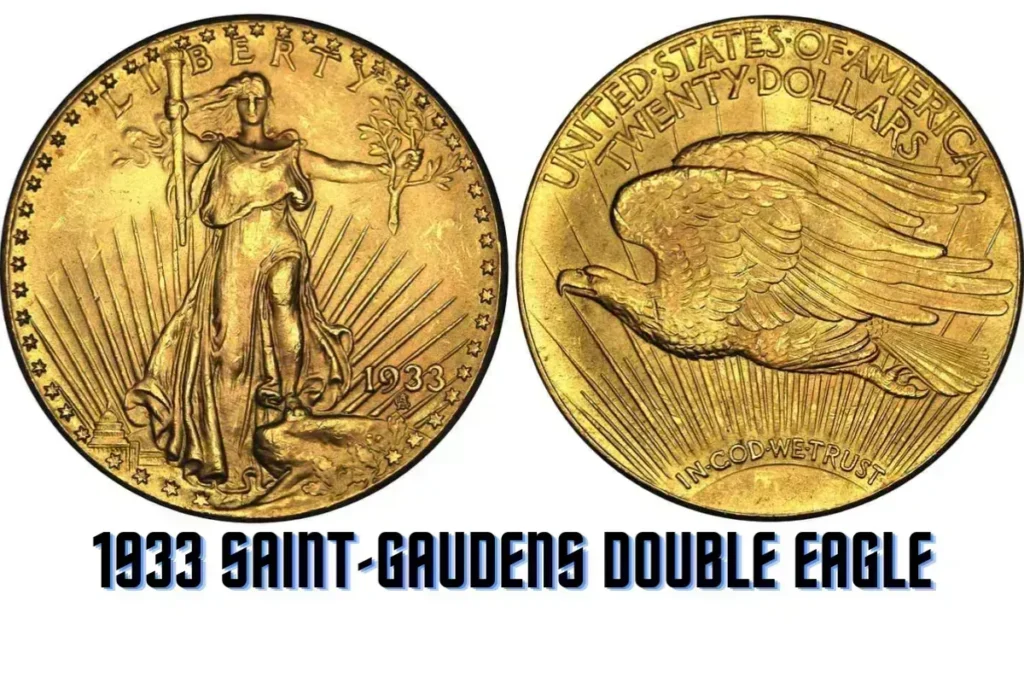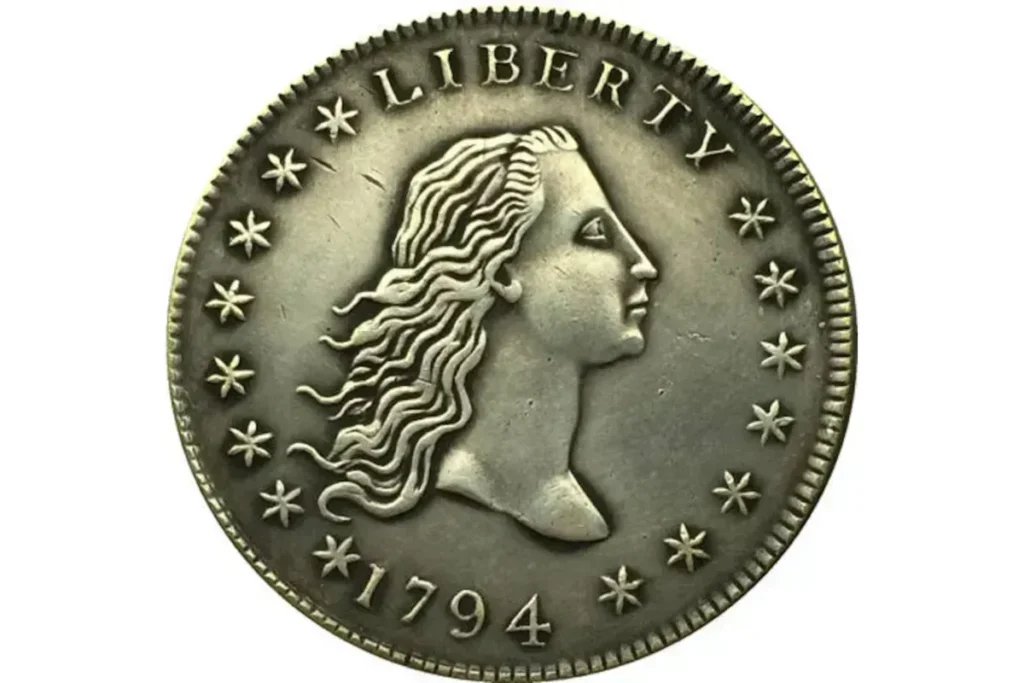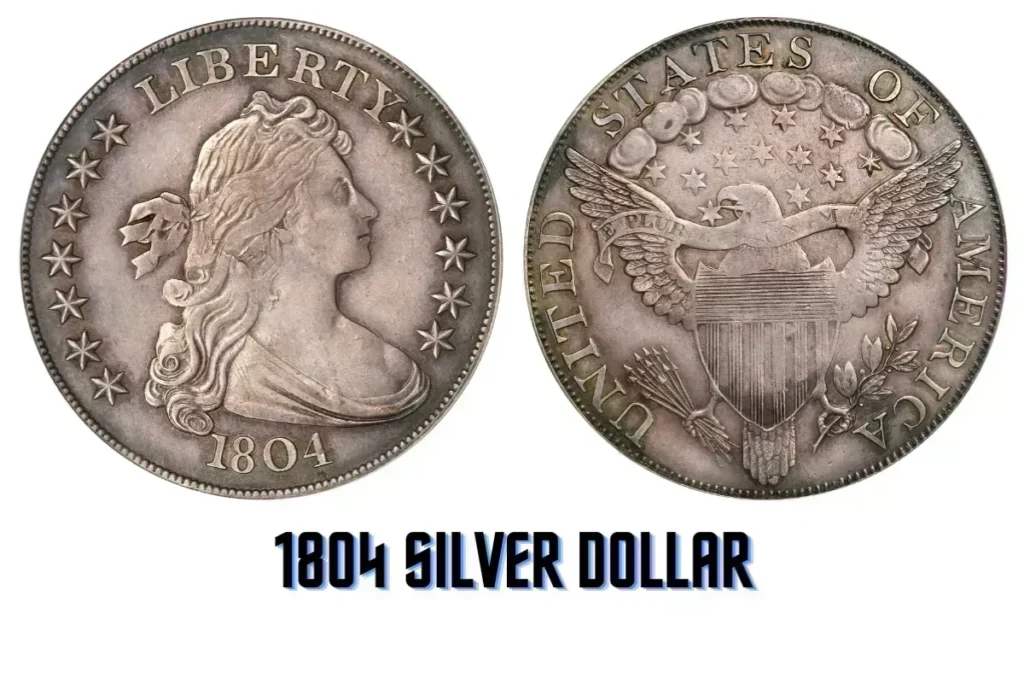Inherited coins can be worth more than you might think, especially if they’re rare or historic. If you have a coin collection from a family member, you could be holding onto a valuable piece of history. This article highlights some of the rarest and most valuable coins ever discovered. From the famous 1933 Double Eagle to the 1913 Liberty Head Nickel, these coins have turned collectors into millionaires.
Rare and Valuable Coins
1933 Double Eagle

The 1933 Double Eagle is a famous U.S. gold coin. Although it was minted, it was never released to the public due to a ban on gold ownership after President Franklin D. Roosevelt ended the gold standard. Only a few of these coins escaped being melted down, making them extremely rare. One even sold for $18.9 million at an auction in 2021, setting a world record.
1913 Liberty Head Nickel
Only five of these nickels are known to exist, making them one of the rarest U.S. coins. They were never officially minted, which adds to their mystery and value. In 2018, one sold for an incredible $10 million.
1794 Flowing Hair Dollar

The 1794 Flowing Hair Dollar is significant as the first silver dollar minted by the U.S. This coin symbolizes early American history and is highly prized by collectors. A well-preserved specimen sold for $10 million in 2013.
1787 Brasher Doubloon
Minted by goldsmith Ephraim Brasher, the 1787 Brasher Doubloon is a unique gold coin with only a few known to exist. Its historical importance and unique design have made it worth over $10 million.
1804 Silver Dollar (Class I)

The 1804 Silver Dollar, known as the “King of Coins,” is extremely rare. With only 15 genuine examples, this coin was created years after 1804 as a diplomatic gift. A Class I example sold for $10.01 million in 2016.
Why These Coins Are So Valuable
Several factors contribute to the high value of these coins:
- Rarity: The fewer the coins, the higher the demand.
- Historical Significance: Coins like the 1794 Flowing Hair Dollar hold a special place in U.S. history.
- Condition: Coins in near-mint condition are worth more.
- Provenance: The history and previous ownership of a coin can add to its value.
Top 5 Million-Dollar Coins Overview
| Coin | Year | Material | Value | Key Feature |
|---|---|---|---|---|
| 1933 Double Eagle | 1933 | Gold | $18.9 million | Never circulated; rarity due to historical context |
| 1913 Liberty Head Nickel | 1913 | Nickel | $10 million | Only five known; privately minted |
| 1794 Flowing Hair Dollar | 1794 | Silver | $10 million | First U.S. silver dollar, early U.S. Mint product |
| 1787 Brasher Doubloon | 1787 | Gold | Over $10 million | Privately minted, unique design |
| 1804 Silver Dollar (Class I) | 1804 | Silver | $10.01 million | Extremely rare, struck as diplomatic gifts |
How to Determine If Your Coin Is Valuable
If you suspect your inherited coins might be valuable, here are a few steps to help you assess their worth:
- Check Rarity: Research how many similar coins exist.
- Assess Condition: Coins in better condition generally fetch higher prices.
- Look for Unique Features: Special marks or minting errors can increase a coin’s value.
- Get It Appraised: Seek a professional appraiser or have it graded by services like PCGS or NGC.
1. How can I find out if my coin is rare?
You can look up your coin’s details online or consult with a coin dealer who can give you an idea of its rarity and value.
2. What factors make a coin valuable?
Factors like rarity, condition, historical significance, and provenance can all add to a coin’s value.
3. Can damaged coins still be valuable?
Yes, although the value decreases with damage, certain rare coins retain some value even when damaged, especially if they’re extremely rare.
4. Where can I sell valuable coins?
You can sell valuable coins through auctions, to coin dealers, or even online through specialized marketplaces.
5. Should I clean my coins before selling them?
No, cleaning coins can decrease their value. Collectors prefer coins in their original condition.















